Late winter hikes are often void of much color as winter still has it’s grip on many plants. If you keep a close eye to the ground though you may find a beautiful little plant called Wintergreen, Gaultheria procumbens peeking out from under the snow. Wintergreen doesn’t usually get over 6 inches tall so it can be easily overlooked. The one thing that should grab your attention are the deep green colored leaves. against the drab winter landscape.  The leaves are evergreen, ovate to elliptic in shape from 3/4 of an inch to 2 inches long. If you were to crush a leaf you would notice the distinct odor of wintergreen. It can be found growing in roughly half of North America from the central states North to Maine and up into Canada. The small red berries of Wintergreen are edible with a minty flavor. Like most plants there are a variety of names Wintergreen is known by; Canada tea, checkerberry, deerberry, ground berry, hillberry, mountain tea, partridge berry, spiceberry and teaberry.
The leaves are evergreen, ovate to elliptic in shape from 3/4 of an inch to 2 inches long. If you were to crush a leaf you would notice the distinct odor of wintergreen. It can be found growing in roughly half of North America from the central states North to Maine and up into Canada. The small red berries of Wintergreen are edible with a minty flavor. Like most plants there are a variety of names Wintergreen is known by; Canada tea, checkerberry, deerberry, ground berry, hillberry, mountain tea, partridge berry, spiceberry and teaberry.
Happy Hiking !!






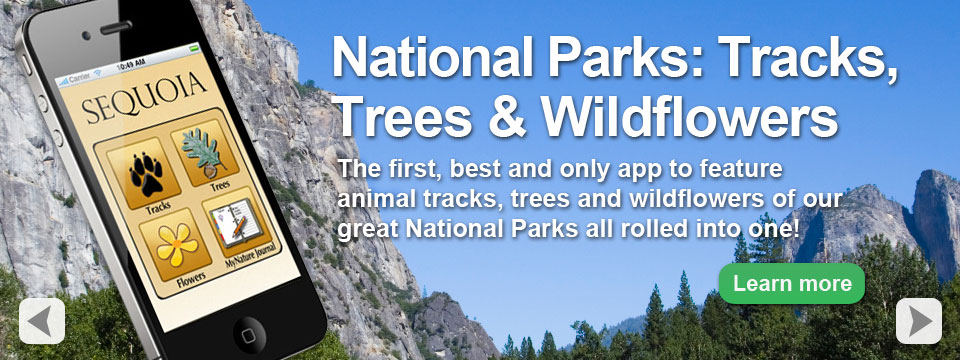
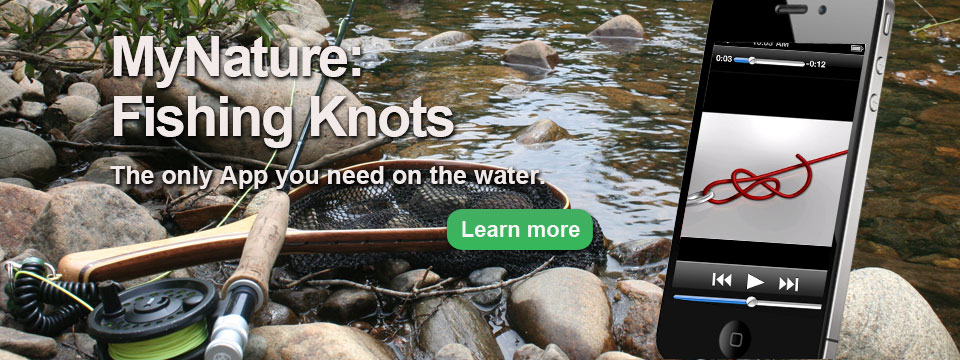

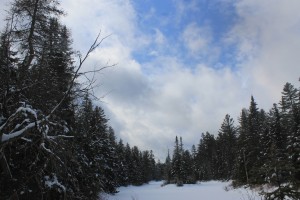

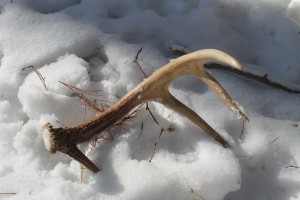
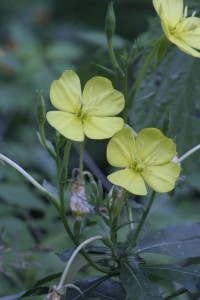
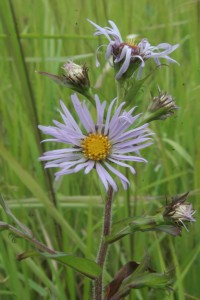

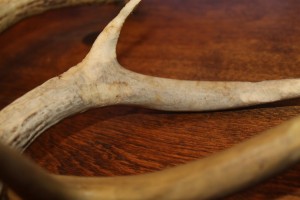

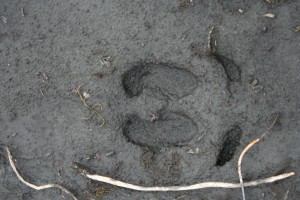
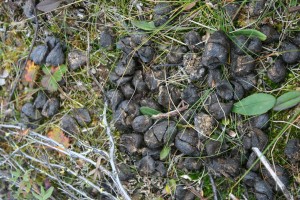
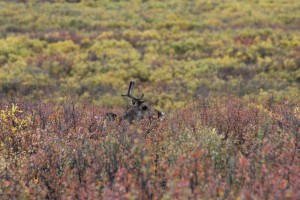
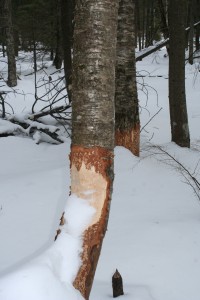
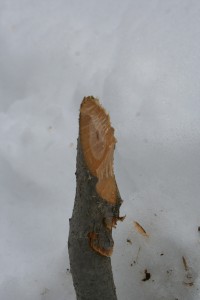
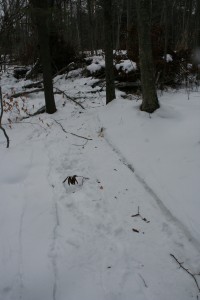


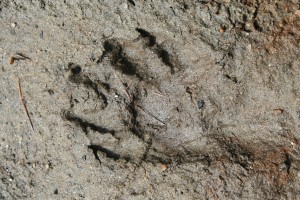
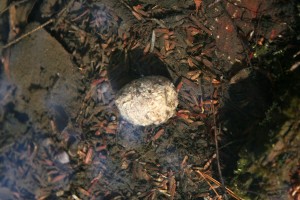
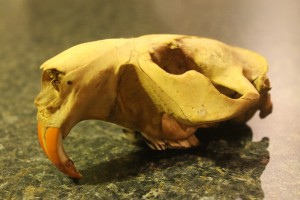
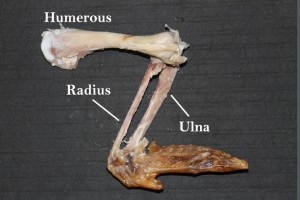


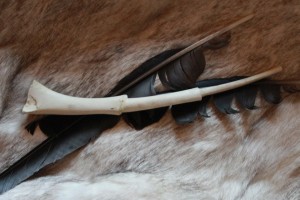





What Others Have to Say